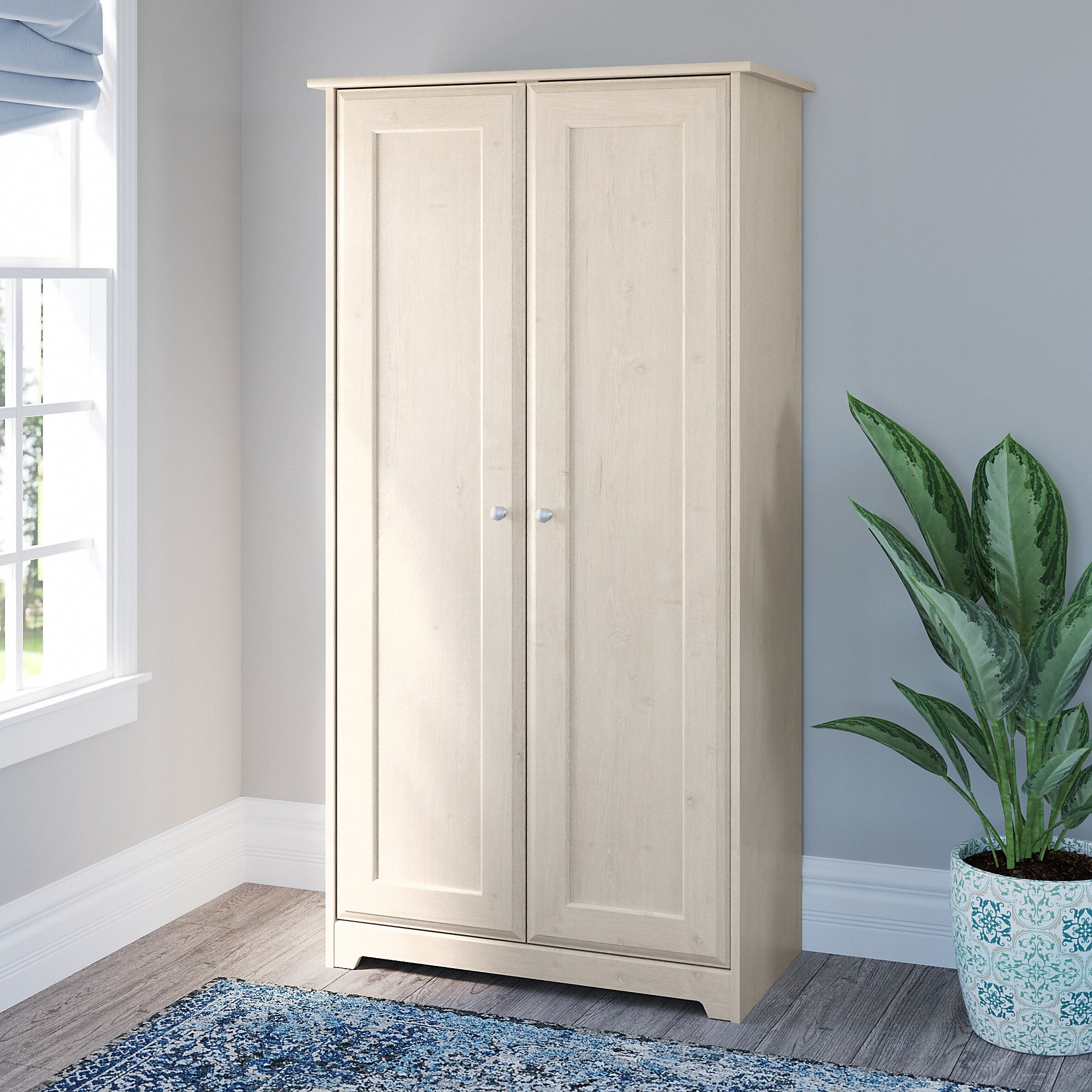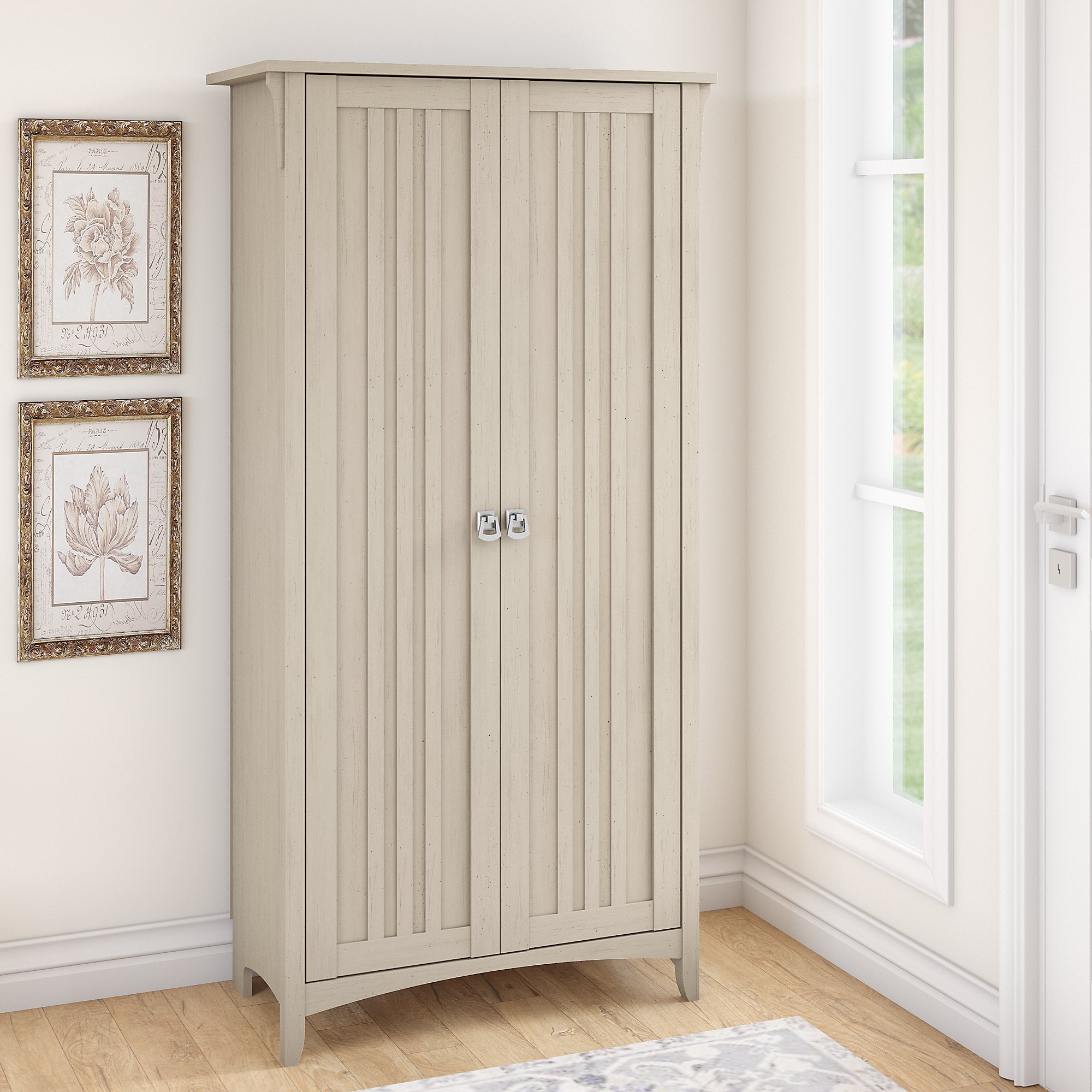Design Considerations for Tall Media Cabinets with Doors: Tall Media Cabinet With Doors

Designing the perfect tall media cabinet is a balancing act between form and function, a delicate waltz between aesthetics and practicality. It’s about creating a piece that not only houses your entertainment tech but also enhances your living space, becoming a stylish statement rather than a bulky eyesore. Let’s dive into the crucial design considerations to help you create the media cabinet of your dreams (or at least, your very organized and stylish dreams).
Ideal Dimensions and Proportions
The ideal dimensions of your media cabinet depend heavily on the size of your room and your personal style. A towering behemoth might be perfect for a spacious living room, while a more compact model would be better suited to a smaller apartment. Proportion is key; you want a cabinet that feels balanced and doesn’t overwhelm the space. Too skinny, and it looks awkward; too wide, and it dominates the room. The following table provides some examples, keeping in mind that these are merely starting points, and adjustments should be made based on your specific needs and preferences.
| Height (inches) | Width (inches) | Depth (inches) | Style |
|---|---|---|---|
| 72 | 48 | 18 | Modern Minimalist |
| 60 | 36 | 16 | Mid-Century Modern |
| 84 | 60 | 20 | Traditional |
| 48 | 24 | 14 | Small Space Solution |
Suitable Materials
The choice of material significantly impacts the cabinet’s durability, aesthetics, and cost. Each material brings its own unique charm and challenges.
- Wood: From the rustic charm of reclaimed wood to the sleek elegance of cherry or walnut, wood offers unparalleled versatility. Pros: Natural beauty, durability (depending on the wood type), and potential for customization. Cons: Can be expensive, requires regular maintenance, and is susceptible to scratches and water damage.
- Metal: Steel or aluminum cabinets offer a modern, industrial look. Pros: Extremely durable, resistant to scratches and water damage. Cons: Can be quite heavy, prone to dents, and may require specialized tools for assembly or repair. The cold, hard feel might not suit all interiors.
- Composite Materials: Materials like MDF (Medium-Density Fiberboard) or particleboard are cost-effective and readily available. Pros: Affordable, easy to work with, and can be finished to mimic the look of wood or other materials. Cons: Less durable than solid wood or metal, can be susceptible to moisture damage, and may not offer the same level of aesthetic appeal.
Door Styles
The doors are the cabinet’s face, its personality. The style you choose can dramatically alter the overall look and feel of the piece.
- Solid Doors: Simple, clean lines. These doors can be made from wood, metal, or composite materials and offer a classic, understated look. Hardware choices range from simple knobs to elegant pulls, allowing for customization to match your décor.
- Glass Doors: Showcase your prized possessions (or cleverly disguised clutter!). Glass doors, whether framed or frameless, add a touch of elegance and allow you to display your media components or decorative items. Consider frosted glass for a more subtle look.
- Louvered Doors: A touch of vintage charm. Louvered doors offer excellent ventilation, preventing overheating of your electronics. The slats create a unique visual texture, adding a layer of visual interest.
- Bi-fold Doors: Space-saving solutions. Bi-fold doors are ideal for cabinets in smaller spaces, allowing for easy access to the contents without requiring a large swing radius.
Functionality and Storage Solutions in Tall Media Cabinets

Let’s face it, a media cabinet isn’t just a pretty face; it’s the unsung hero of your entertainment setup, silently holding the fort for your precious collection of movies, games, and consoles. A well-designed tall media cabinet should be as functional as it is aesthetically pleasing, transforming a potential storage nightmare into an organized haven. This section dives into the nitty-gritty of maximizing your media cabinet’s potential.
Tall media cabinet with doors – Optimal internal organization is key to a happy media collection and a stress-free life. Think of it as a well-oiled machine, each component working in harmony to achieve maximum efficiency. The right arrangement prevents that frustrating “Where did I put that?!” moment we all know too well.
Internal Layout Design for Tall Media Cabinets, Tall media cabinet with doors
Designing the perfect internal layout requires careful consideration of your specific media collection and usage habits. Here’s a sample layout that balances practicality with aesthetics, adaptable to your individual needs. Remember, flexibility is key!
- Bottom Section (Largest): This area is ideal for heavier items like game consoles, receivers, or even a small record player. A solid shelf here ensures stability. Consider adding cutouts for cable management (more on that later!).
- Middle Section (Adjustable Shelves): This section is the workhorse, designed for adjustable shelving to accommodate various media formats. DVDs and Blu-rays are best stored vertically to maximize space. Varying shelf heights allows for the inclusion of larger game boxes or even some decorative items.
- Top Section (Smaller Shelves/Drawers): This area is perfect for smaller items like remotes, game controllers, or extra cables. Shallow drawers are useful here, preventing items from getting lost in the depths of a large shelf.
Cable Management Solutions
Tangled wires are the bane of any entertainment setup. A well-planned cable management system transforms your cabinet from a chaotic mess into a sleek, organized space. This isn’t just about aesthetics; it also protects your equipment and prevents overheating.
- Assess Your Needs: Before you start, identify all the cables you need to manage. This helps you choose the right cable management tools.
- Utilize Cable Ties and Clips: Bundle similar cables together using cable ties and secure them to the back or sides of the cabinet using adhesive clips or screws. Keep bundles neat and labeled if possible.
- Employ Cable Sleeves: These fabric or plastic sleeves can further conceal and protect bundles of cables, giving a cleaner look.
- Consider a Cable Raceway: For a more sophisticated approach, a cable raceway can be installed along the back or sides of the cabinet to hide cables completely.
- Strategic Cutouts: Pre-cut holes in the back or bottom of the cabinet allow for discreet cable entry and exit points, keeping the chaos contained within the cabinet.
Comparison of Hardware for Tall Media Cabinets
The hardware you choose plays a significant role in both the functionality and the overall look of your media cabinet. From hinges that whisper open to handles that make a statement, the right hardware can elevate your cabinet from functional to fabulous.
| Hardware Type | Material | Pros | Cons |
|---|---|---|---|
| Hinges | Soft-close hinges (metal) | Quiet operation, prevents slamming, durable | More expensive than standard hinges |
| Handles | Brushed nickel (metal) | Stylish, durable, easy to grip | Can be more prone to fingerprints |
| Latches | Magnetic latches | Clean look, quiet operation, easy to use | May not be as secure as traditional latches |
| Hinges | Standard hinges (metal) | Affordable, widely available | Can be noisy, may damage cabinet over time if slammed |
